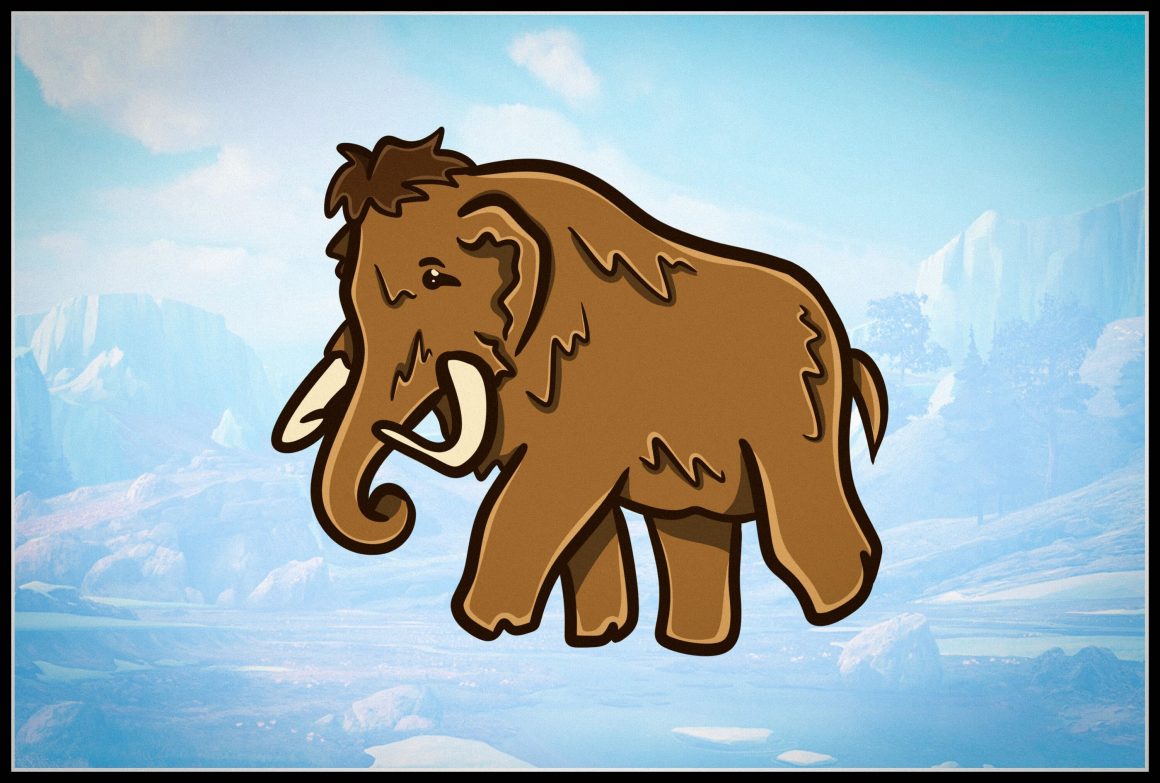
The first mummified baby woolly mammoth in North America found in Yukon
By Nimra Amir, July 22 2022—
The Yukon has a world-renowned fossil record of ice-age animals, but the same cannot be said for mummified remains — that is, until June 21 when an almost complete, mummified baby woolly mammoth was found in the Klondike gold fields within Trʼondëk Hwëchʼin Traditional Territory.
Travis Mudry, a young miner, was excavating through the permafrost in Yukon’s Eureka Creek, south of Dawson City, with a front-end loader when a chunk of frozen earth popped off and revealed the remains of a baby woolly mammoth. Mudry called his boss, Brian McCaughan, the general manager and chief operating officer of family-owned gold mining company Treadstone Equipment, who on arrival put out an immediate order to stop all operations and notified authorities.
Dr. Grant Zazula, the Yukon government’s palaeontologist, however, was in Whitehorse which is about six hours away from the discovery site and so, he turned to two geologists — one with the Yukon Geological Survey and another with the University of Calgary.
“The timing was incredible — suddenly we had a change of plans, and we’re taking part in the emergency recovery of a baby mammoth,” says Dr. Dan Shugar, associate professor in the Faculty of Science at the U of C and director of the Environmental Science Program in the Department of Geoscience.
Shugar with two U of C students Holly Basiuk and Jackson Bodtker — who happened to be working in Dawson City — rushed to the creek, surveyed the site and retrieved the remains less than an hour before a storm struck.
“If she wasn’t recovered at that time, she would have been lost in the storm,” said Zazula.
Nun cho ga — named by Trʼondëk Hwëchʼin Elders in the Hän language which translates to “big baby animal” — based on a quick examination, was a female only about a month old when she died more than 30,000 years ago probably grazing along the treeless grassland when she wandered away from her mother and got stuck in the mud.
She is the first baby woolly mammoth to be found in North America and only the second in the world — and with almost perfectly preserved skin and hair, she is as close as it gets to the woolly mammoths of the Yukon Ice Age.
“As an ice age palaeontologist, it has been one of my lifelong dreams to come face-to-face with a real woolly mammoth. That dream came true today,” said Zazula.
As Nun cho ga helps build a more complete understanding of the Yukon Ice Age, she is also helping to mend the relationship between the Tr’ondèk Hwèch’in and the scientists who work on their lands.
“This is a remarkable recovery for our First Nation, and we look forward to collaborating with the Yukon government on the next steps in the process for moving forward with these remains in a way that honours our traditions, culture, and laws,” said Tr’ondëk Hwëch’in Chief Roberta Joseph.
The Tr’ondèk Hwèch’in elders will continue to guide the process as the scientific community works to learn more about Nun cho ga and the Yukon Ice Age she lived in. But untiil then, Nun cho ga will be kept safely persevered in a freezer.
